Regions Map
X
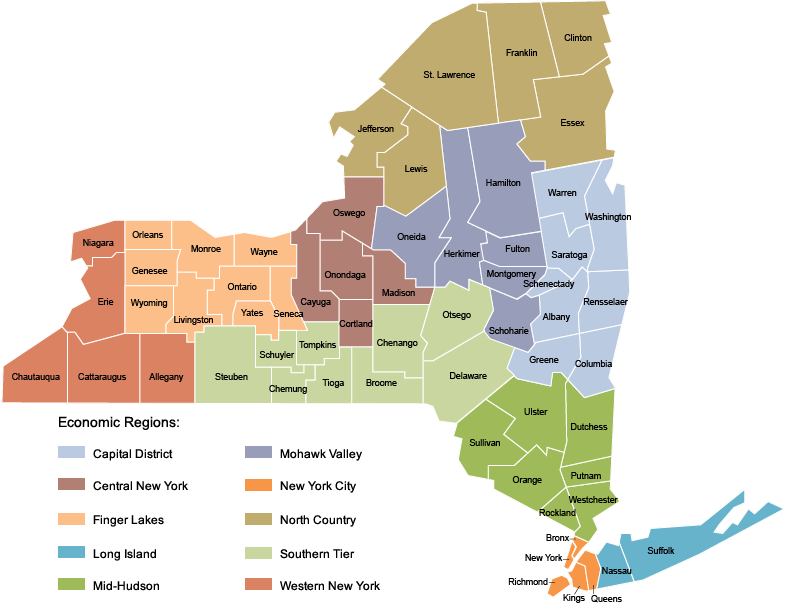
This directory of artists, presenters and vendors is for contact information only. Please note that all approvals are determined by individual BOCES and/or District criteria and do not guarantee acceptance of proposed contracts.
Buffalo Comedy Collective
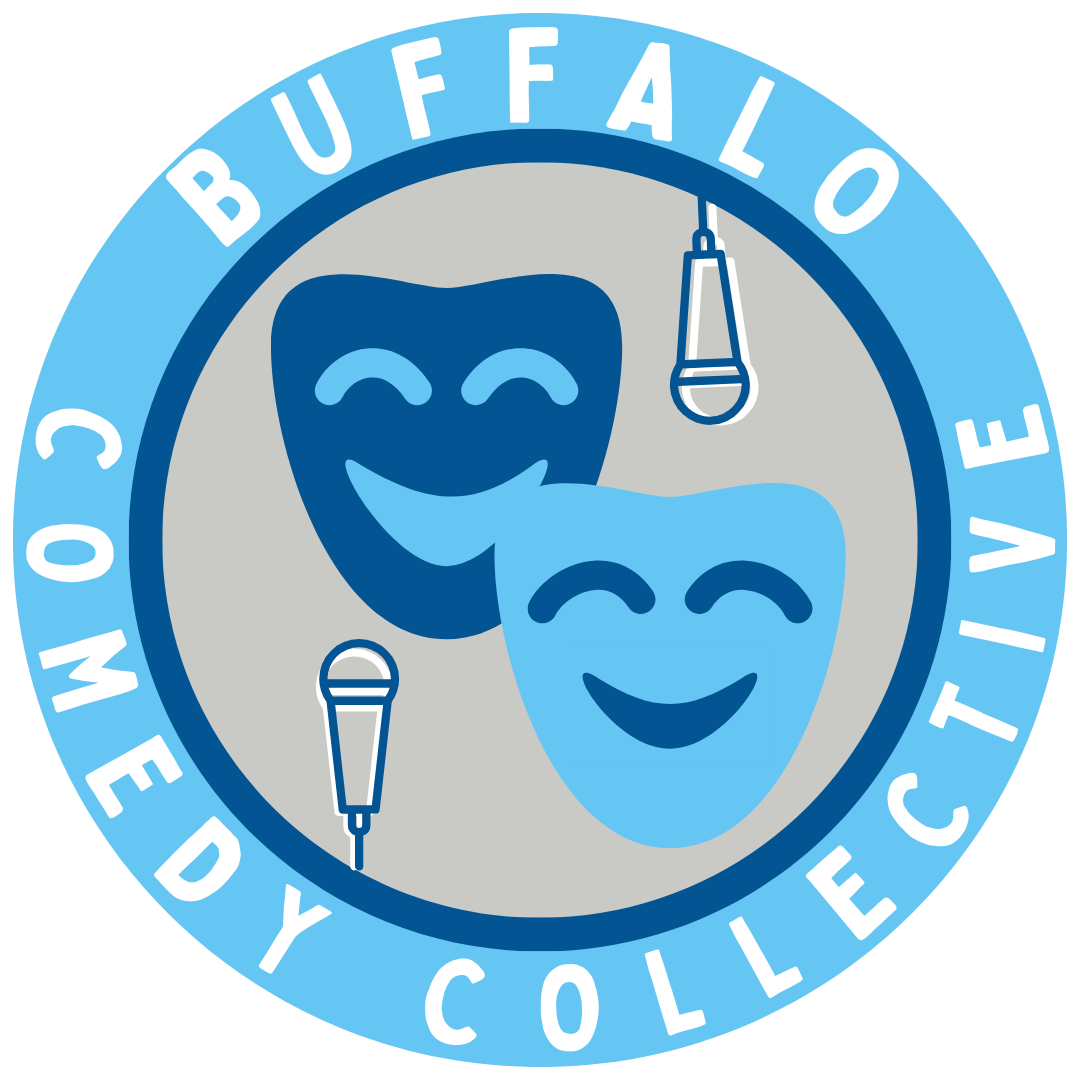
Buffalo Comedy Collective is Western New York’s home for improv comedy! Our offerings break down into three major sections:
- Performances: Our mainstage show is Comedysportz, an all-ages improvisational comedy show played as a sport. This high energy short-form improv show has two teams of professional comedians improvising games, songs, jokes, and scenes while a referee calls fouls and fields suggestions from you, our loyal fans. Loyal fans will vote for which team they like best and Mx Voice will declare an ultimate winner for the evening! Best of all, this show uses humor that is appropriate for people of any age. We're clean enough for your kids to enjoy and funny enough to have adults laughing out loud.
- Education: We offer workshops that help students connect, open up, and laugh! These interactive sessions have students up & moving while being creative, working together, and learning the importance of support through positivity. Workshops can be held as individual focus groups, combined with a performance, or set-up as an interactive, informal performance where the focus is on getting as many participants involved that are interested.
- Professional development: The fun isn't only for kids! Improv helps to develop comfortability in public speaking, enhance communication skills, improve active listening & adaptability, and boost creativity. Studies have shown that improv also helps to reduce anxiety, stress, and uncertainty intolerance, making these skills useful in both a private & workplace setting.
Creative Roots Studio

I am a mixed media metal artist & silversmith. I have been teaching the art of jewelry making & metalworking to all ages for the last 5 years.
Students really enjoy making their own jewelry and have a lot of pride wearing a piece home.
These classes can involve small torches, saws, abrasives, and drenel tools. They are very safe when used correctly and we go over safety precautions in depth.
Kent Busman

I offer folk & traditional, Adirondack, and personal stories.
My focus tends to be on caring for the world and those human and more-than-human who dwell therein.
Sugar Painter

The tradition of sugar painting in China can be traced back to the Ming Dynasty, where noble families would mold small animals out of sugar for religious rituals. Over time, sugar painting gained popularity and techniques evolved. It eventually merged with other art forms like shadow theater and paper cutting, which also focus on two-dimensional shapes. As sugar painting became more widespread, artists learned to create increasingly complex shapes and designs.
Hui liu from New York is guaranteed to bring an authentic taste of China to your event - literally! An expert in this Chinese folk art, our sugar painting specialist keeps tradition alive by offering guests at your event a sweet treat.
Sugar painting may have originated during the Ming dynasty when small animals made of sugar were created in molds for religious rituals. A specialist in this Chinese folk art, this Chinese sugar painter can create a wide range of patterns and figures at your event right before your guests' eyes.
When completed, a thin wooden stick, used to hold the figure, is attached in two or more places with more sugar. An entertainment option loved by children, these delicious sugar figures will get kids queuing up throughout your event!
Mainly focused on animals, our Chinese sugar painter can create delicious food sculptors of any of the 12 existing Chinese sings according to your birth year. He can also produce other forms and shapes based on any image of even brand logos!
Not only a treat for the eyes, this tasty Chinese tradition will also leave your tongue suitably impressed. Especially loved by kids and people with a sweet tooth, this Chinese folk art is guaranteed to be an instant hit at your party and leave guests delicious memories!
Especially suitable for Chinese New Year’s celebrations and festivals, our Chinese sugar painter is also perfect for street celebrations, shopping malls, children’s parties and cultural and corporate events, etc.
If you’re interested in booking this Sugar Painter from China, then contact us today and make an enquiry. Our dedicated team of Entertainment Experts will be delighted to provide further details on this Chinese folk art as an entertainment option and guide you through the booking process.
Look Up to the Stars
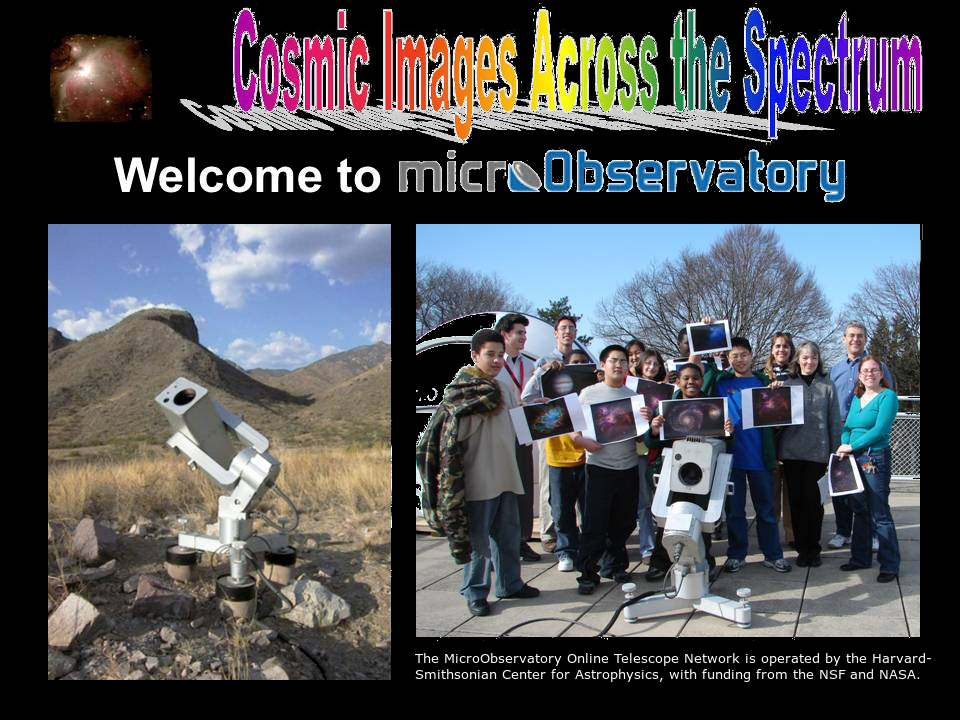
Cosmic Images Across the Spectrum: Teachers of the local district's schools will be given a workshop on how to use Astronomy as an Interdisciplinary Approach to Education.
Training will include the use of NASA's MicroObservatory (MO) taking images and using the image processing software so they can, in turn, teach their students to do the same, and then create thematic units that utilize the talents of students in various disciplines and using alternative assessment strategies such as rubrics and portfolios.
Art students can paint or draw a particular object from MO, Math students pinpoint size & scale, distance and celestial coordinates, English students use creative writing or poetry to describe the object, History, Social Studies and Foreign Language students form a timeline of the U.S. vs. other countries in discovery, impact and understanding of what was happening at the time, such as French influence from Charles Messier, and Science students explore the physics and chemistry data of the object recorded from telescopes and spectroscopy.
Information for each object from all disciplines will be compiled onto a page or "block" and submitted to be added to a "Cosmic Quilt." Color poster-sized printouts of all blocks submitted can be assembled together for the physical Cosmic Quilt and put on display as an exhibit for all to see at the school. All the contributors' names and input will be recognized at the exhibit.
Erie Canal Cruises

90 minute cruise on the Erie Canal with a simplified childrens historical narration (based on group age). Cruise includes traveling thru Lock 18, the most historically correct Lock left on the NYS Canal system and still operating perfectly with 110 year old original equipment. The vessel is raised and lowered twenty feet thru the lock, a highlite of the cruise. Interaction with a Q&A period during the cruise if desired by the teacher(s). Our vessel (Lil' Diamond II) can accomodate up to 50 passengers. We are a USCG Certified passenger vessel with full safety equiptment.
Freestyle Connection BMX
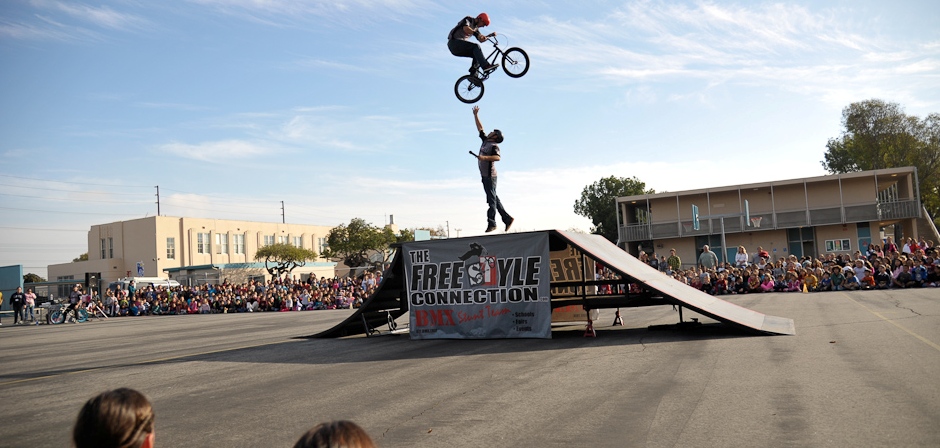
The best way to engage your students is through our captivating BMX assembly. The Freestyle Connection’s school assembly program combines BMX stunts with powerful messages about bicycle safety, striving for excellence, embracing a drug-free healthy lifestyle, and the importance of staying in school. Designed for events like Red Ribbon Week, Field Days, Family Nights, or any occasion calling for a dynamic Character Education message or PBIS School Assembly, this outdoor program is unmatched. Give your school a show they will never forget! The Freestyle Connection BMX school assembly show involves ramp riding on a portable box jump and flatland ground moves for trick variations. Riders will switch on the microphone throughout the show which is choreographed to exciting music and incorporates BMX stunts, high-flying tricks, and humorous skits. This BMX show is roughly 40 minutes long. Indoor backup plan required for inclement weather.
Seagle Festival
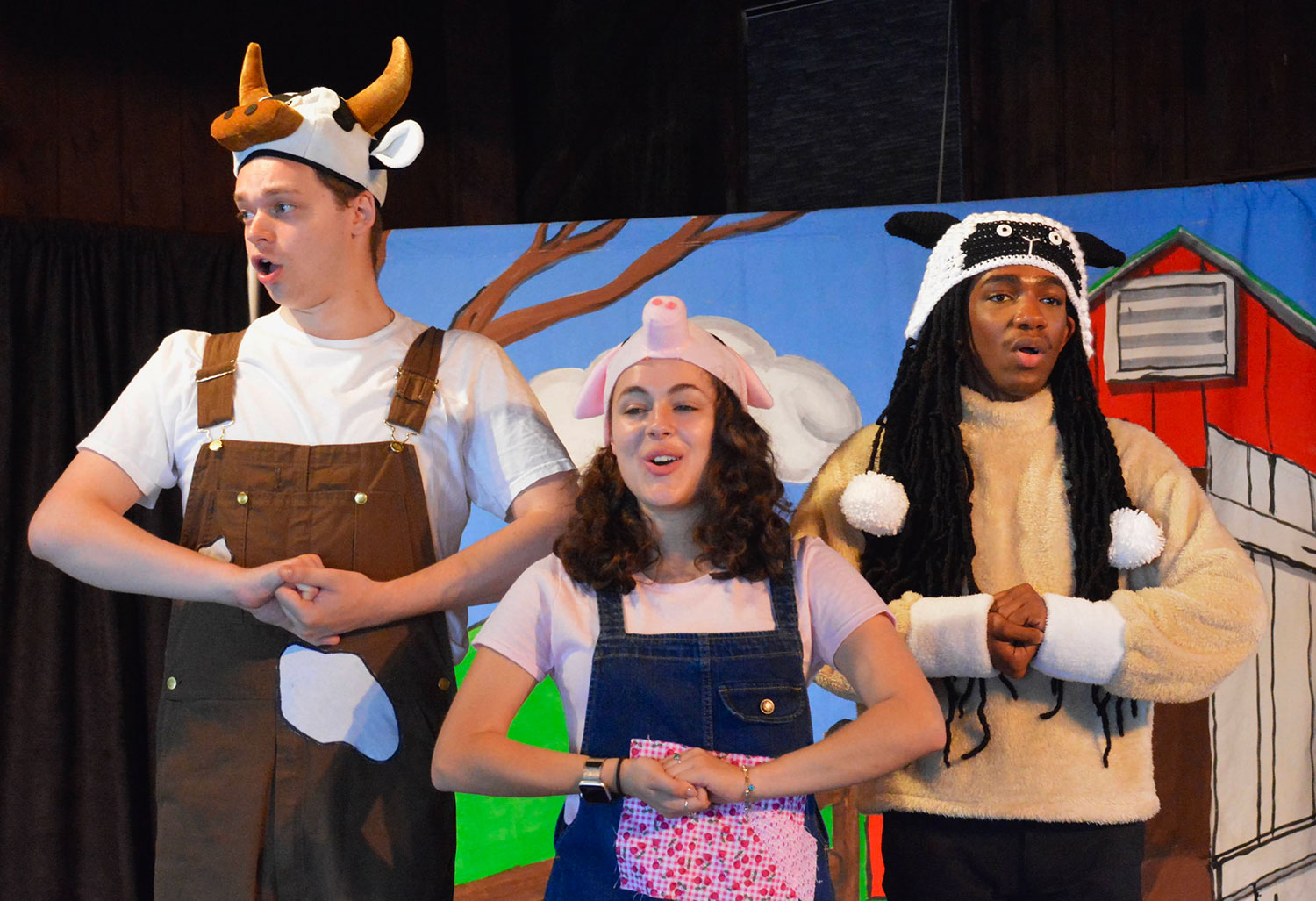
Seagle Festival offers a touring in-school children's opera performance each early fall season in September and early October. Available children's operas are suitable for pre-K-6 audiences. The booking includes a 30-45 minute performance, plus a short question and answer session, as well as a professionally produced teacher guide with pre and post opera activities to integrate students' opera experience into their regular curriculum.
Echo Dance Team
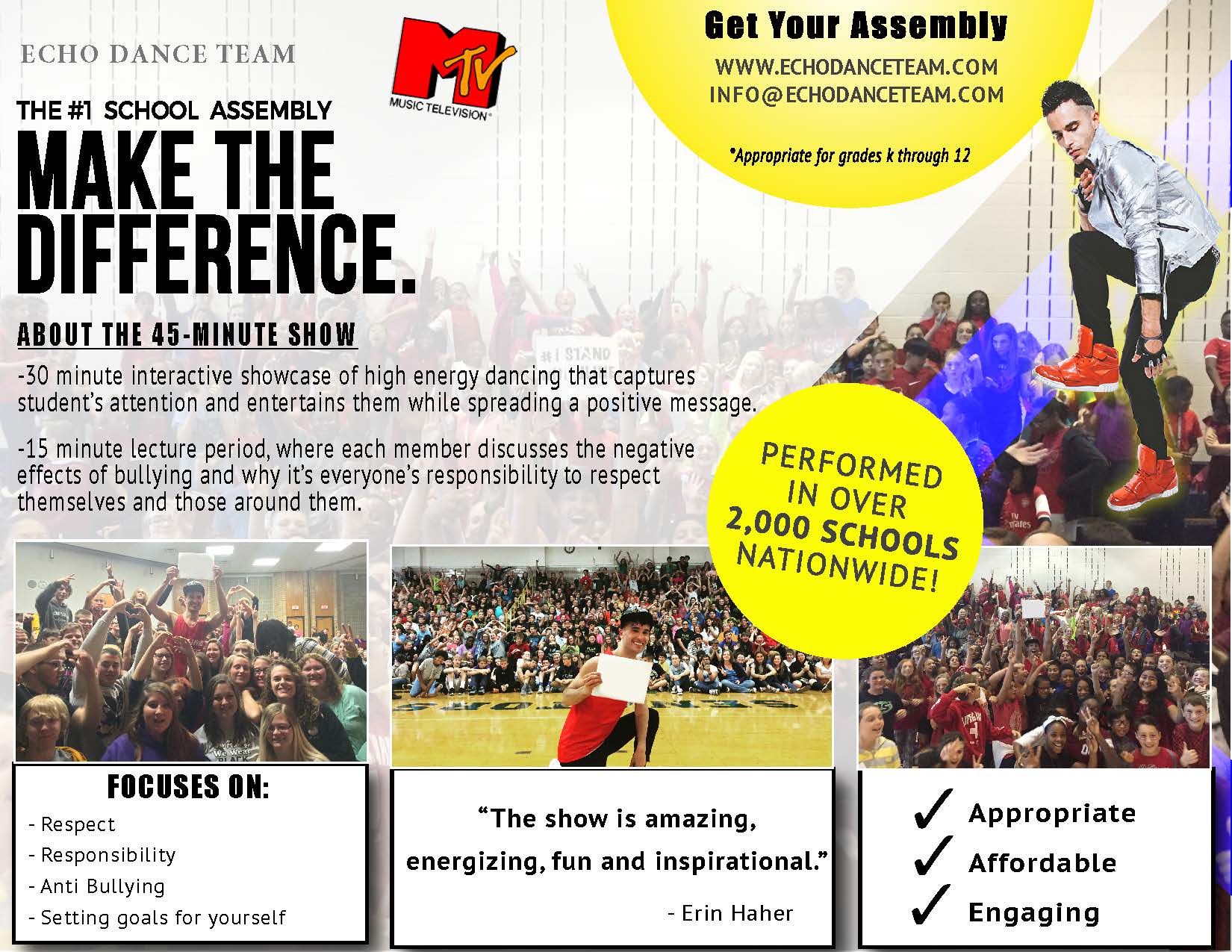
The NYC based dance crew provides a 30 minute non-stop, interactive showcase of their high energy dance choreography that engages and entertains the students.
There is a 15 minute lecture period afterwards which discusses spotting and stopping bullying, respecting yourself and others, taking responsibility for your actions and leading a positive life.
Anything is possible with hard work, an education and focusing on what you can bring to this world that no one else can.
Mark Vinci

I am a multi-brass-woodwind-instrumentalist, with a lifetime of road experience traveling the world teaching/playing. I love to share any and all of my knowledge with any one who wants to learn and have fun.
Les Trouble P.I.
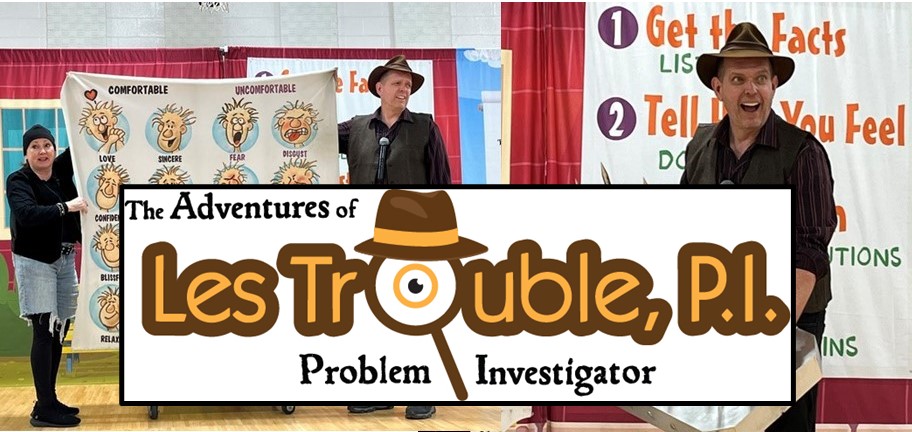
Looking for a little less trouble at your elementary school? Then it’s time to call Les Trouble Problem Investigator! Maybe your school doesn’t have a big problem with bullying, but you’d like a little more help getting kids to get along. Les Trouble PI and his sidekick Spike will show your students the skills they need to handle little problems on the playground or in the classroom completely on their own.
This Conflict Resolution School Assembly and Leadership Assembly Show is all about Safety, Responsibility and Respect, and how leaders utilize these positive behavior traits to solve problems even when they are upset or angry. Les Trouble PI guides students into discovering that getting along with each other takes Cooperation, Communication, and Treating others with Mutual respect during this conflict resolution school show.
Support your PBIS program or celebrate Red Ribbon Week with Les Trouble PI. Throughout the conflict resolution school assembly show, students will learn more about the simple four-step process to solving their own problems in peer to peer conflict resolution.
Raè Frasier
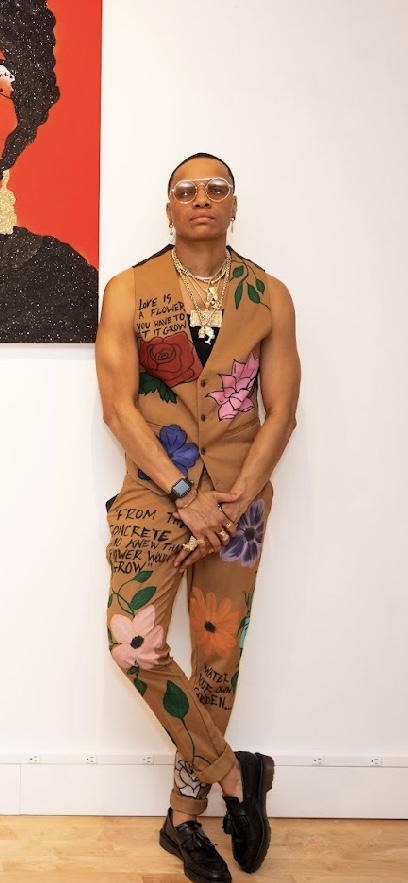
I offer a wide range of opportunities to connect and give students both a visual and hands on experience through creativity. From mural painting to creating custom garments and being a social justice and arts activist, I use art as a catalyst to not only teach about the correlation of self love through art but to be an aid in leaving a long lasting and positive impact in communities with color.